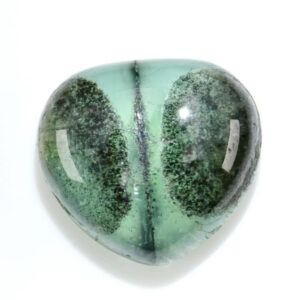Beryls
Beryl is a silicate of aluminum and beryllium, Be3Al2(SiO3)6. It occurs in the form of hexagonal prismatic crystals and exhibits a wide variety of colors, including green (emerald), blue (aquamarine), yellow (heliodor), pink (morganite), and transparent (goshenite). Each of these beryl varieties is attributed to specific impurities present in its crystal structure. Beryl is a hard mineral, with a hardness of 7.5-8 on the Mohs scale, which makes it relatively scratch-resistant. It also exhibits good transparency to light, making it a highly prized gemstone for jewelry making.
Beryl deposits are primarily found in mineral-rich regions and granites. Some of the major beryl-producing countries include Brazil, Colombia, Russia, Pakistan, and the United States.
Beryls have been known since ancient times and have a rich history of legends and beliefs.
In Greek mythology, beryl was considered the stone of eternal youth. Astonishing healing and regenerative properties were attributed to this stone. According to legend, the gods of Olympus used beryl to maintain their eternal youth.
In India, beryl has also been revered for millennia. It is often considered the stone of wisdom and truth. It was believed that wearing a beryl would promote meditation and enable one to attain higher levels of consciousness.
In some cultures, beryls are associated with divinatory and prophetic powers. It is said that beryls can reveal hidden truths, bring visions, and predict the future. Each variety of beryl is associated with specific properties and virtues. It is important to note that these legends and beliefs are not based on scientific facts but rather on ancient traditions, customs, and superstitions. However, these stories add a mystical and symbolic dimension to beryls, which continue to be appreciated for their beauty and aesthetic value.




